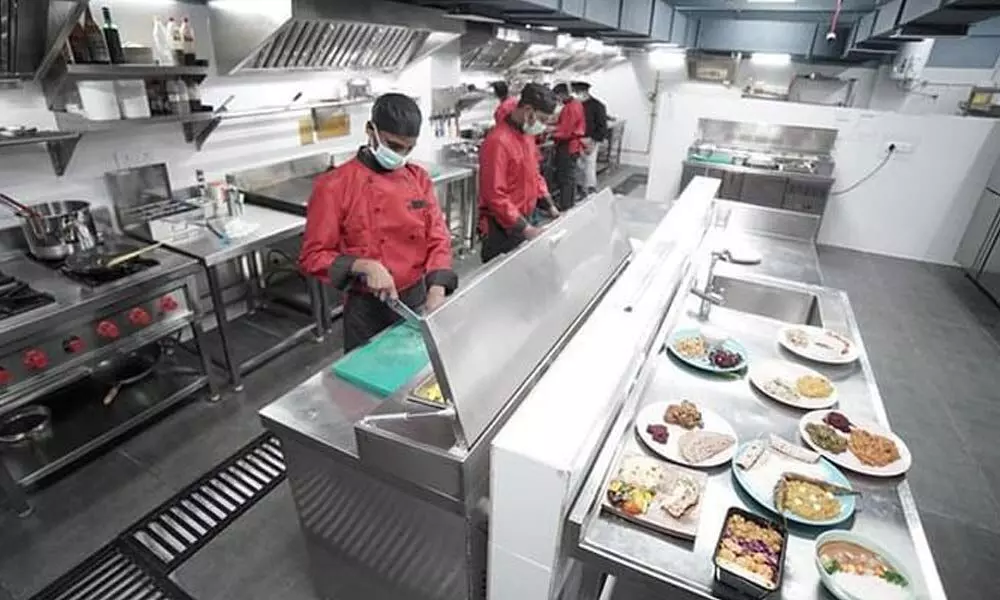With the emergence of cloud kitchens providing a fresh and creative substitute for conventional eateries, the food business has experienced major changes recently. Both approaches satisfy various kinds of businesses and consumers and have special advantages and drawbacks. Although conventional restaurants have always been the pillar of the dining experience, the demand for meal delivery has spurred cloud kitchens—a flexible and reasonably priced alternative—from its emergence. Which is therefore better? To guide you, let’s examine the main distinctions between conventional restaurants and cloud kitchen. Food delivery services provide convenient options for enjoying meals from favorite restaurants without leaving home.
Overheads and running expenses
Operating costs are one of the most important distinctions between cloud kitchens and conventional restaurants. Typical upfront costs for traditional restaurants include rent for excellent locations, interior design, furniture, and staffing for front-of-house and kitchen duties as well as rent for By operating without a dine-in venue, cloud kitchens—also known as virtual or ghost kitchens—much lower the expenses related to décor, waitstaff, and premium site rentals. For new or growing companies, cloud kitchens are a more affordable choice since they operate in less expensive sites and with a leaner crew, focusing just on food preparation for delivery helps them to operate.

Adaptability and scalability
Comparatively to conventional eateries, cloud kitchens have more scalability and flexibility. Cloud kitchens can rapidly adjust to changes in the market—such as menu modifications, new culinary concepts tested, or portion size adjustments depending on consumer demand—without any physical dining room to oversee. This adaptability enables cloud kitchens to scale their operations more effectively, thereby launching new sites or extending their delivery range with little cost of investment. Conversely, traditional restaurants have greater limitations when it comes to expanding since every new site calls for major real estate, décor, and staffing investments, thereby slowing down and costing more the process of expansion.
Client Experience and Brand Image
Concerning providing a complete dining experience, ambiance, service, and direct customer engagement, traditional restaurants shine. A cloud kitchen cannot recreate the unique dining experiences this personal touch generates or assist promote brand loyalty. Customers come return for the environment, the décor, and the service as well as for By contrast, cloud kitchens run behind the scenes and only involve direct client involvement via the delivery driver. This limits opportunities for brand engagement and can make it challenging for cloud kitchens to build a strong, recognizable presence in the market.
Choosing between a cloud kitchen and a traditional restaurant depends largely on your business goals, target audience, and budget. cloud kitchen offer a low-cost, flexible, and scalable model ideal for those focused on the booming food delivery market. In contrast, traditional restaurants provide a comprehensive dining experience, brand presence, and multiple revenue streams that can build lasting customer relationships. Ultimately, the decision comes down to whether you prioritize cost-efficiency and delivery speed or the holistic dining experience and brand engagement that traditional restaurants offer.




